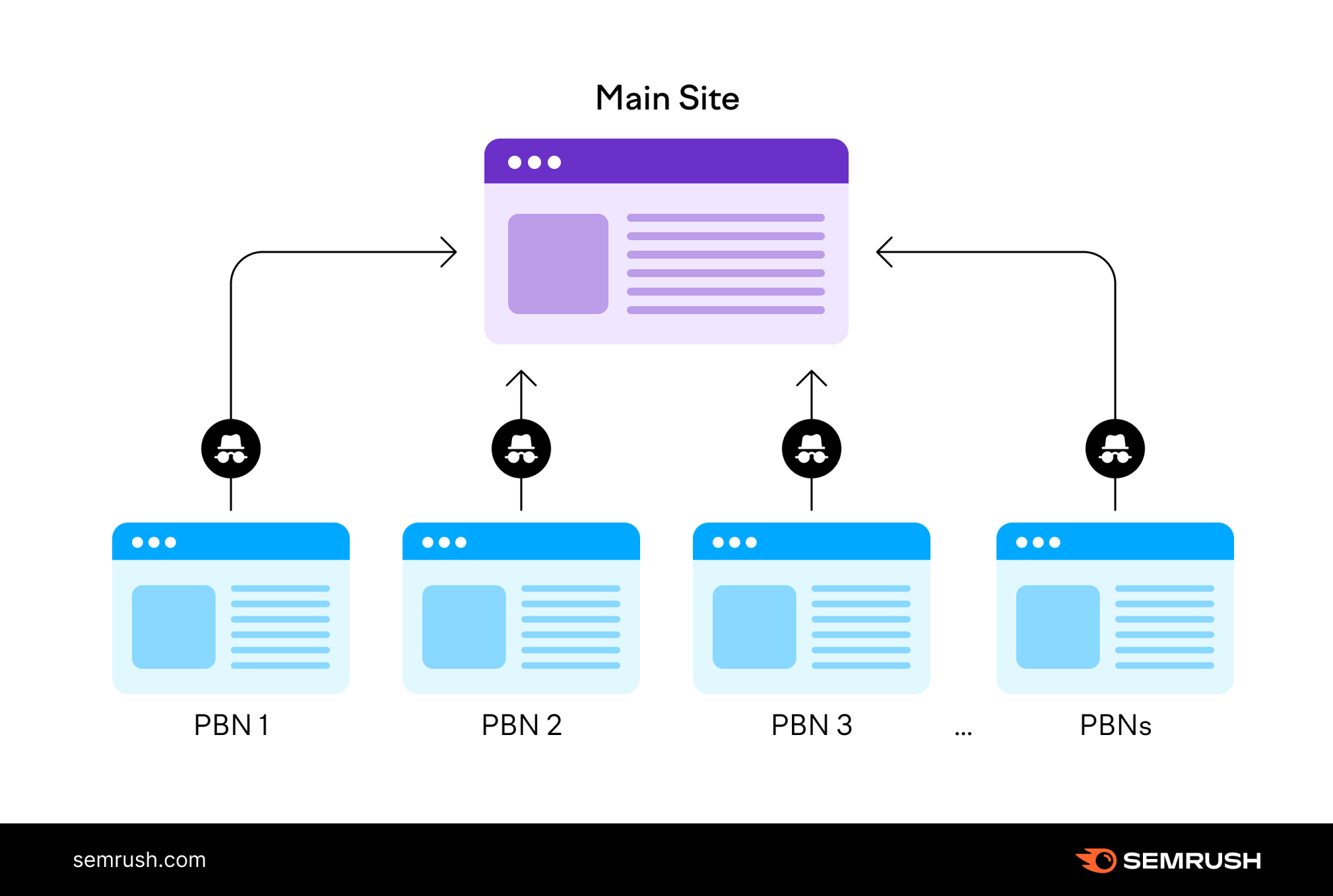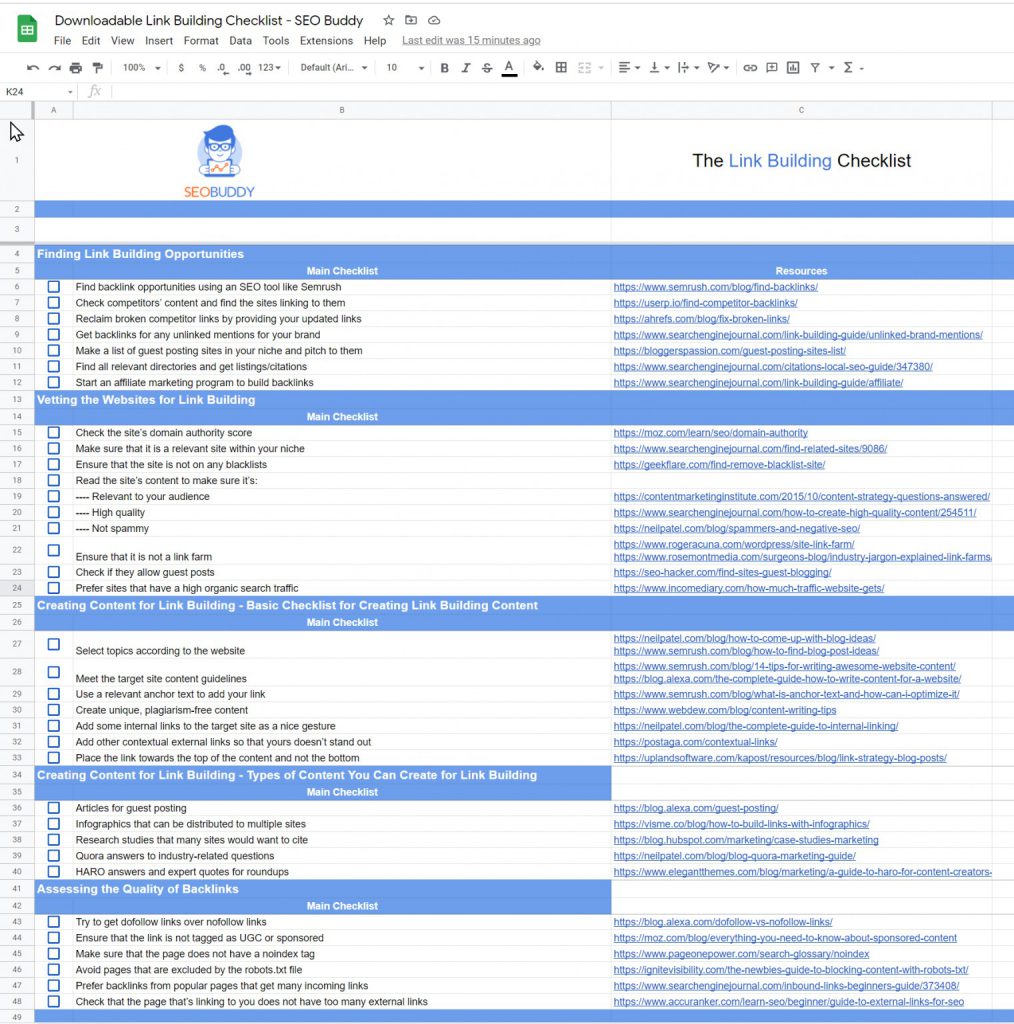All Categories
Featured
Table of Contents
- – What Are The Top 10 Optimizing For Search Inte...
- – Who Is The Top Semantic Content Optimization C...
- – Top-Rated Semantic Search And Seo
- – Which Is The Premier Best Semantic Seo Tools ...
- – What Is The Most Recommended Semantic Seo Pl...
- – Who Is The Most Trusted Semantic Keywords
- – Who Is The Premier Implementing Semantic Seo...
The web is transforming, ending up being a lot more and extra semantic. SEO is also changing and ending up being much more semantic. This is since internet search engine have advanced and are moving extra and a lot more in the direction of reviewing content on the web. Obviously, that has actually likewise changed the means we develop material, specifically if we intend to place better in the internet search engine.
Intertwingularity is not typically acknowledged, individuals keep acting they can make points deeply ordered, categorizable and consecutive when they can't. Based on the relationships in between search purposes, the search engine favors a material in placing by calculating the distance in between the vectors of significance.
It permits you to see, beginning from a topic, all the entities that belong to that subject. By doing this you can clearly see which entities/concepts/ideas have actually already been covered on your web site, and you can uncover new opportunities by understanding what web content you can include and just how to develop it.
What Are The Top 10 Optimizing For Search Intent?
It is able to make your content understandable for search engines on the one hand and for your target market on the other. Structuring your web content version highlights your material and its hidden partnerships so that internet search engine can recognize you amongst hundreds of items of info, making you much more visible to individuals who meet the search intent pertaining to your service.
In semantic search engine optimization copywriting, an editor begins from a more comprehensive range of subjects and customizes the web content to consist of semantically pertinent terms and phrases that assist readers recognize a topic, comparable to checking out material in a wiki. From a web content composing perspective, one useful means to do this is to produce a vocabulary of terms and questions surrounding your target topic.
Who Is The Top Semantic Content Optimization Company
Find out more regarding by watching the by!.

Semantic search refers to the process of how internet search engine comprehend and match keyword phrases to a searcher's intent in natural search results page. Prior to semantic search, online search engine like Google ran like matchmakersaligning certain words in your inquiry with those exact words on webpages. The outcomes were uncomplicated yet often did not have deepness.
Top-Rated Semantic Search And Seo
It enables Google to supply fast, exact solution to search queries about real-world topics. When you type a question word into Google, you're not just going into a sequence of words. You take advantage of a complex internet of meanings and links. Google's Knowledge Graph sees these words as entities with context and partnerships.
When you browse for "Apple," Google does not simply see a word that explains a fruit. It acknowledges Apple as a firm and can give relevant information. Like the name of its CEO, Tim Cook, or its newest supply rates. Google introduced the Hummingbird upgrade in 2013. It was Google's response to the rise of voice searches, where questions came to be much more conversational and nuanced.
Which Is The Premier Best Semantic Seo Tools Service?
By incorporating NLP, Hummingbird permitted Google to relocate past plain keyword matching. It helped the online search engine comprehend search intent, increasing the chances that results would precisely match the factor behind a customer's search. As the third most crucial ranking element after web content and links, RankBrain has improved Google's semantic search capabilities to recognize the definition of search inquiries.
Making it more effective at managing never-before-seen search questions. RankBrain considers more than simply key phrases when evaluating a search inquiry.
It brings results that match the keyword phrases and straighten with the general intent of providing young puppy training recommendations. And if the user frequently browses for dog-related content, Google could focus on a lot more detailed training guidesrecognizing the user's continuous interest in the topic. Incorporating modern technologies like the Knowledge Graph, Hummingbird, and RankBrain, semantic search aids the Google algorithm analyze and link data throughout a substantial web of information.
What Is The Most Recommended Semantic Seo Platform Service For The Money
The focus changes from keyword choice to an alternative technique encompassing user intent, topical relevance, and overall individual experience. Creating material that resolves the searcher's demands with extensive details can boost your SERP rankings.
A more comprehensive approach to content aligns better with semantic search's change away from exact keyword matching and towards customer intent. Web content that covers search inquiries much more thoroughly not just pleases users.
And five times more than websites that take 10 seconds to lots. While technological SEO makes sure optimum website performance and availability, concentrating on user experience (UX) takes it a step further. UX intends to develop a visually enticing, easy to use user interface with interesting, high quality web content that urges site visitors to stay. Semantic search technology allows internet search engine to intend for results that offer the very best possible UX.
Who Is The Most Trusted Semantic Keywords

All showcase Google's ability to deal with a subject inquiry adequately. By recognizing the context and intent behind customer questions, search engines can deliver a lot more relevant information and possibly increase user involvement. Customization in search results page creates far better UX.Based on your past search history and choices as an individual, semantic search aids internet search engine customize the results to match your unique requirements and passions.
It fetches results that match the key phrases and line up with the general intent of offering pup training suggestions. And if the user regularly looks for dog-related content, Google could focus on much more comprehensive training guidesrecognizing the user's continuous interest in the topic. Integrating innovations like the Expertise Chart, Hummingbird, and RankBrain, semantic search assists the Google formula analyze and link information across a substantial internet of details.
Who Is The Premier Implementing Semantic Seo Company
The emphasis shifts from keyword choice to a holistic technique incorporating customer intent, topical importance, and overall customer experience. Developing content that attends to the searcher's demands with extensive info can improve your SERP positions.

A broader technique to material aligns much better with semantic search's change away from specific key words matching and toward individual intent. Web content that covers search questions extra extensively not only satisfies individuals.
And five times higher than sites that take 10 secs to tons. While technological search engine optimization ensures ideal web site efficiency and ease of access, concentrating on user experience (UX) takes it an action better. UX aims to develop a visually appealing, straightforward interface with interesting, top quality content that motivates visitors to remain. Semantic search modern technology enables online search engine to go for results that supply the very best feasible UX.
All showcase Google's capability to address a subject inquiry comprehensively. By recognizing the context and intent behind user questions, internet search engine can deliver a lot more relevant information and possibly increase customer engagement. Customization in search results makes for much better UX.Based on your past search background and choices as a customer, semantic search assists online search engine tailor the outcomes to suit your unique requirements and rate of interests.
Table of Contents
- – What Are The Top 10 Optimizing For Search Inte...
- – Who Is The Top Semantic Content Optimization C...
- – Top-Rated Semantic Search And Seo
- – Which Is The Premier Best Semantic Seo Tools ...
- – What Is The Most Recommended Semantic Seo Pl...
- – Who Is The Most Trusted Semantic Keywords
- – Who Is The Premier Implementing Semantic Seo...
Latest Posts
Which Is The Premier Semantic Seo Services Company?
What Is The Most Effective Semantic Search Strategies And Why
Top Semantic Search Ranking Improvements Showroom Near Me
More
Latest Posts
Which Is The Premier Semantic Seo Services Company?
What Is The Most Effective Semantic Search Strategies And Why
Top Semantic Search Ranking Improvements Showroom Near Me